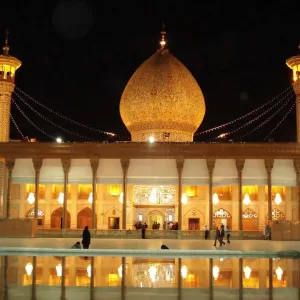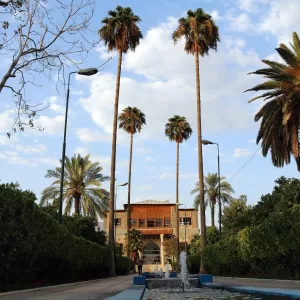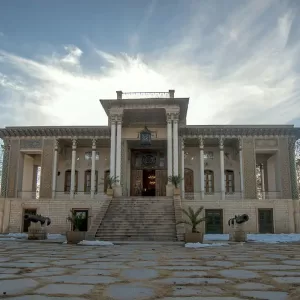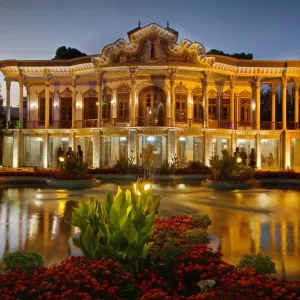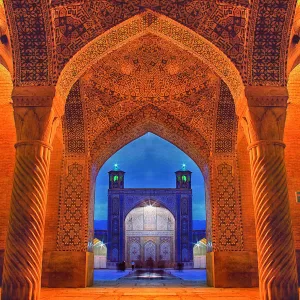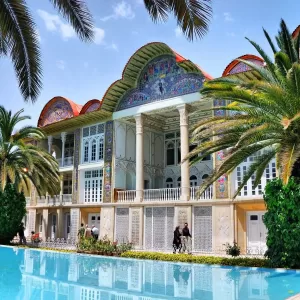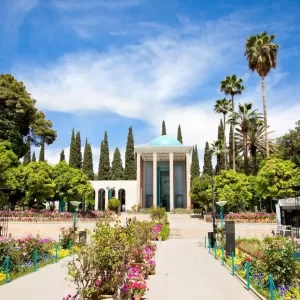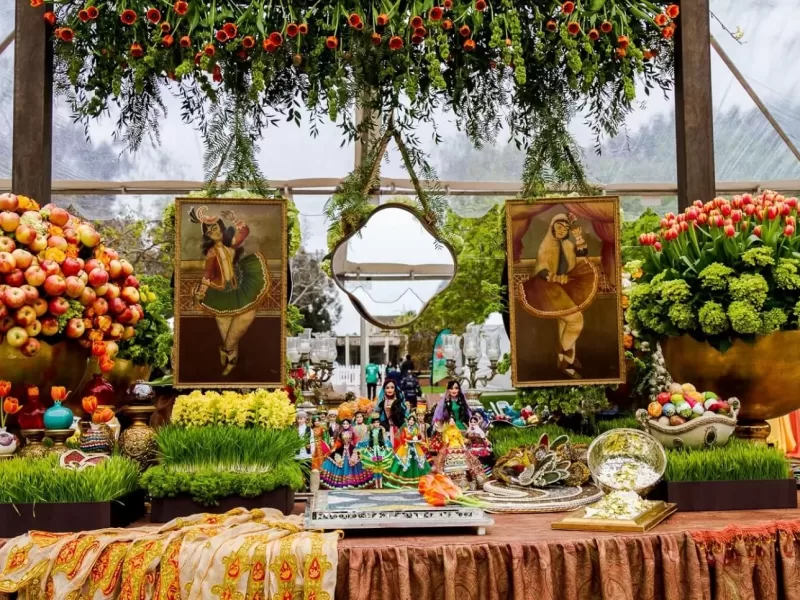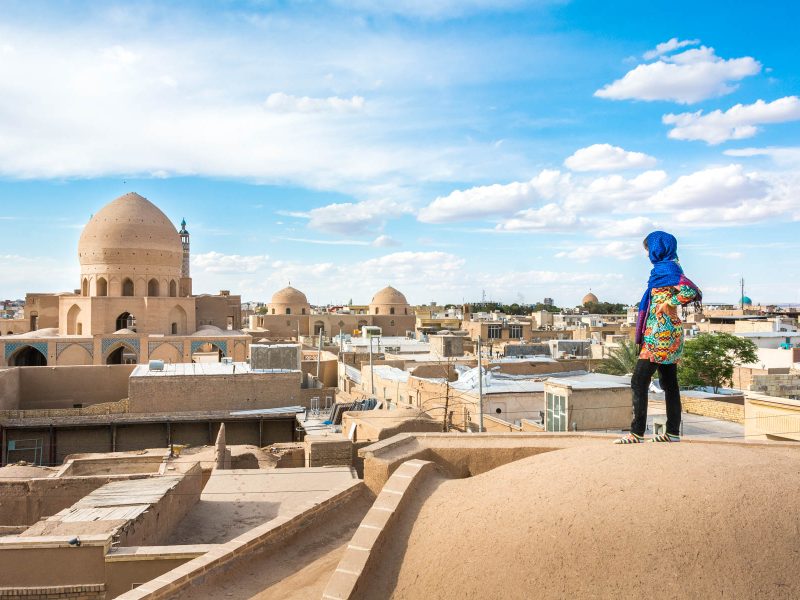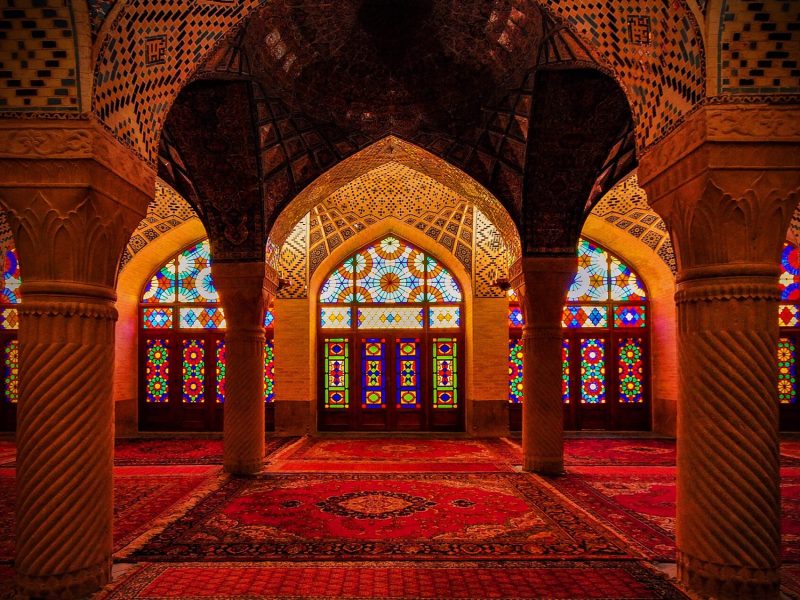The Tomb of King Cyrus the Great: A Symbol of Justice and Peace
Introduction: Pasargad World Heritage Site is a must-visit destination for anyone who wants to explore the rich history of Persian civilization. It is the birthplace of the Persian Empire and the final resting place of Cyrus the Great, one of the most powerful and influential rulers of the ancient world. Visitors to this stunning site will have the opportunity to explore the ancient ruins, including the famous tomb of Cyrus the Great, and learn about the rich history and culture of this once-great empire.
Brief Facts
- Pasargad is located in the Fars Province of Iran.
- It is the birthplace of the Persian Empire.
- It was the capital of the Persian Empire under the rule of Cyrus the Great.
- The site contains the tomb of Cyrus the Great.
- Pasargad is listed as a World Heritage Site by UNESCO.
- The site is considered a symbol of ancient Persian civilization and history.
History of Pasargad
Pasargad is an ancient city that was built during the Achaemenid Empire in 550 BC by King Cyrus the Great. It was the capital of the Achaemenid Empire until its fall to Alexander the Great in 330 BC. The city is located in the province of Fars, Iran and contains several ruins, including the tomb of King Cyrus the Great.
Pasargad as a UNESCO Site
Pasargad was declared a UNESCO World Heritage Site in 2004 for its outstanding universal value as an archaeological and historical site. The site represents the achievements of the Achaemenid Empire, one of the first Persian empires, and the birthplace of the Persian cultural identity.
Architectural Significance
Pasargad is a testament to the advanced architectural skills of the ancient Persians. The site features several impressive structures, including the tomb of Cyrus the Great, which is considered one of the most significant structures of the ancient world. The tomb is a simple yet elegant structure, consisting of a massive stone platform with a staircase leading up to a cylindrical chamber. The walls of the chamber are adorned with beautiful carvings and inscriptions, making it a truly remarkable site to visit.
Cultural Significance
Pasargad is an important cultural site that tells the story of one of the greatest civilizations in history. It was the birthplace of the Persian Empire and the final resting place of its most famous ruler, Cyrus the Great. Visitors to Pasargad can learn about the history of the Persian Empire, including its rise to power, its cultural and scientific achievements, and its eventual decline.
Best Time to Visit
The best time to visit Pasargad is from April to June or from September to November, when temperatures are mild and pleasant. Avoid visiting during the hot summer months or the cold winter months.
Concluding Paragraph
In conclusion, Pasargad World Heritage Site is a must-visit destination for anyone interested in the rich history and culture of ancient Persia. Visitors can explore the impressive ruins, including the tomb of Cyrus the Great, and learn about one of the greatest civilizations in history. Plan your visit today and discover the rich history and culture of Persia at Pasargad World Heritage Site.
FAQs
- What is the Pasargad World Heritage Site?
The Pasargad World Heritage Site is a historic monument in Iran that was once the capital of the ancient Achaemenid Empire. It is located near the city of Shiraz and is considered one of the most important archaeological sites in the country. - What are the main attractions of Pasargad World Heritage Site?
The main attractions of Pasargad World Heritage Site include the tomb of Cyrus the Great, the palace of Persepolis, and several other ancient ruins and monuments. - What is the history of Pasargad?
Pasargad was once the capital of the Achaemenid Empire and was established by Cyrus the Great in the 6th century BC. Over the centuries, it served as the center of the Persian Empire and was a key center of trade and culture. - What is the significance of Pasargad as a UNESCO World Heritage Site?
The Pasargad World Heritage Site is significant as a UNESCO site because it is considered one of the most important archaeological sites in Iran, and is also considered one of the most significant sites from the ancient Persian Empire. - What is the best time to visit Pasargad World Heritage Site?
The best time to visit Pasargad World Heritage Site is between the months of April and June, when the weather is mild and comfortable. - What are the main monuments and structures found at Pasargad?
The main monuments and structures found at Pasargad include the tomb of Cyrus the Great, the palace of Persepolis, and several other ancient ruins and monuments. - Is it possible to take guided tours of Pasargad World Heritage Site?
Yes, it is possible to take guided tours of Pasargad World Heritage Site, and there are several tour operators that offer guided tours of the site.

